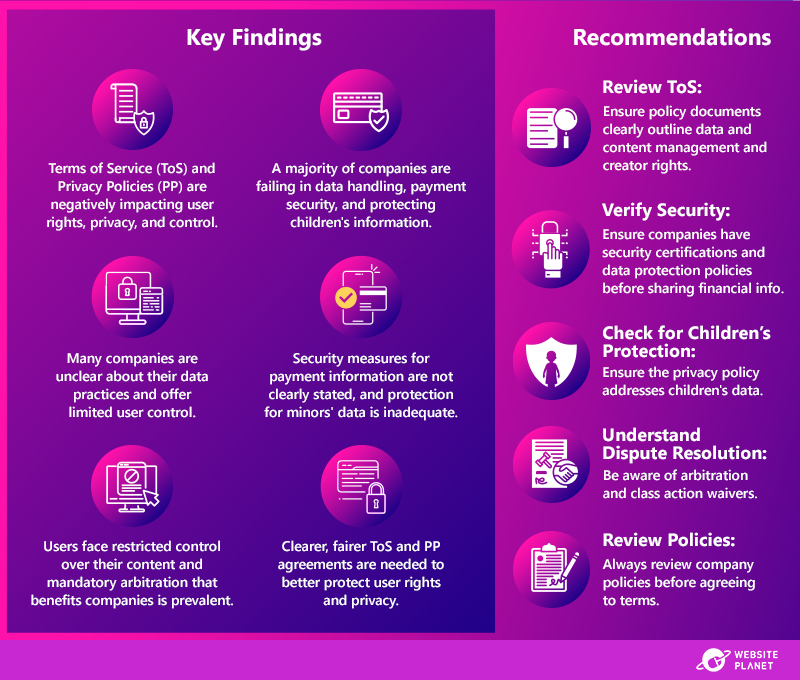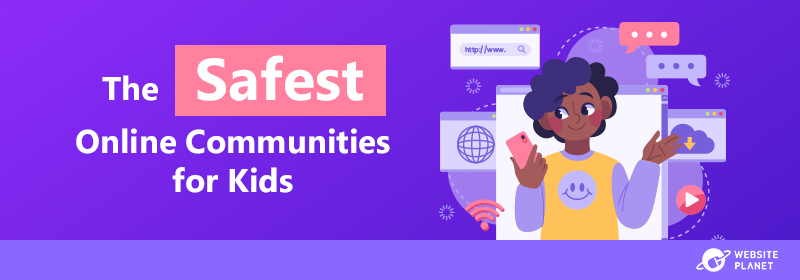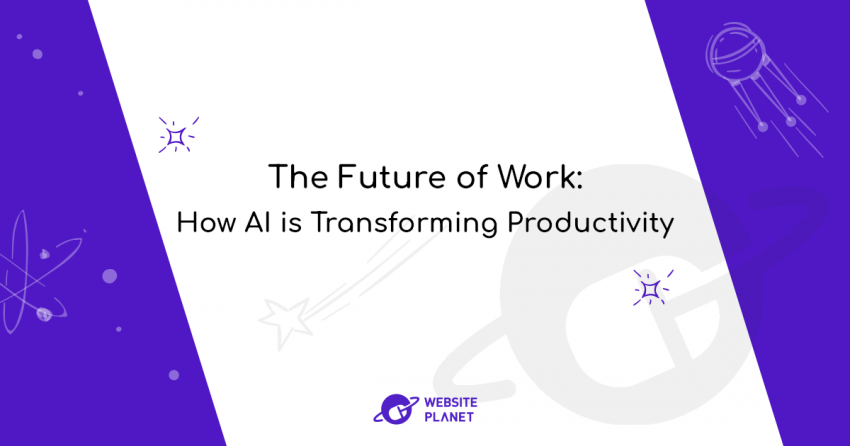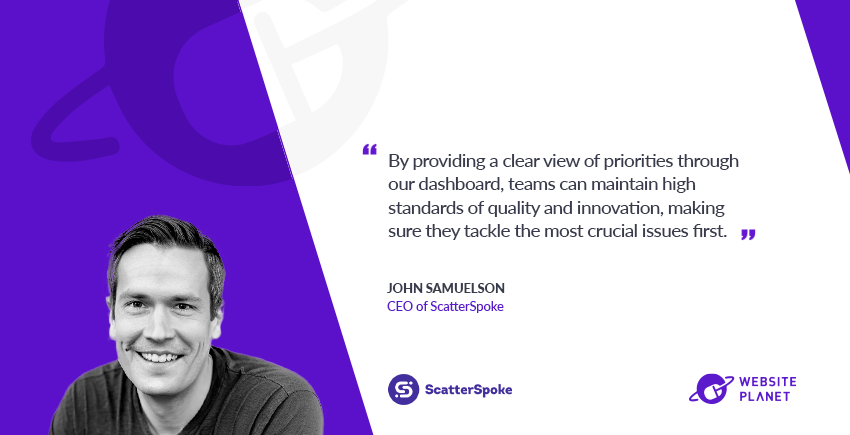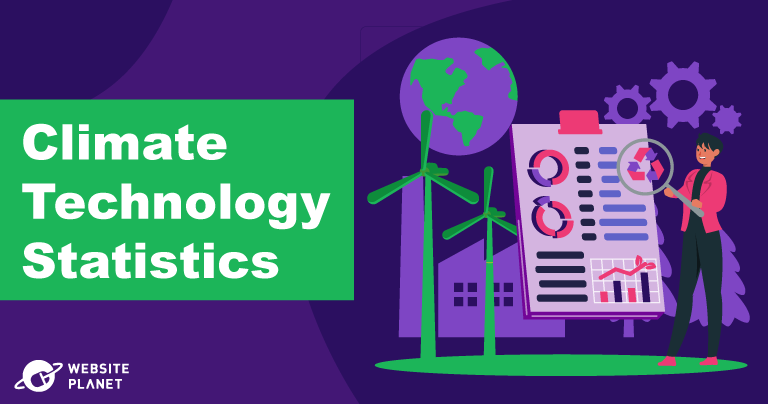Inside this Article
E-E-A-T signals are now a crucial ranking factor
Google’s assessment of content quality has changed significantly since the transition from E-A-T to E-E-A-T, particularly with regard to content produced by artificial intelligence and more emphasis on trust. When evaluating content, trustworthiness has become the most important consideration. The March 2024 Core Update specifically targets content manipulation tactics and emphasizes transparency in AI usage. Content pages lacking trust signals will receive low E-E-A-T ratings, regardless of other metrics. Google now requires: – Clear disclosure of AI content creation – Transparent author attribution – Documented first-hand experience – Verified expert analysis Hence, success in 2024’s E-E-A-T framework demands: – Genuine expertise demonstration through detailed content – Clear evidence of first-hand experience – Transparent AI usage policies – Enhanced digital security measures Although the framework calls for proper implementation and disclosure, it does not oppose AI-generated content. Websites need to be clear about how they use AI because general terms of service that mention “some articles” are AI-generated without providing specifics are now viewed as unreliable. Taylor MilesManaging Partner at Squarewebsites
Significance of Traditional and New SEO Elements
In an online age where viewers’ attention span is extremely limited, video content is more important than ever in SEO. It helps to keep users engaged and can drive traffic to a variety of platforms including Youtube, Google, and other social media sites. Video-rich content is prioritized in search results and can enhance brand credibility as consumers are not solely relying on written text, but can see a company’s vision in action through videographic elements and narrative storytelling. How to Optimize Video Content for SEO:- Choose Relevant Keywords: Research and target keywords that resonate with the audience’s search intent, then use them in the video title, description, and tags.
- Create Engaging Thumbnails: Thumbnails attract clicks, so make them visually appealing and relevant to the video content.
- Use Transcripts and Closed Captions: Including transcripts makes videos more accessible and helps search engines understand the video’s content, improving ranking.
- Host on YouTube or Your Site: YouTube is a huge platform, but hosting videos on your site can also help drive organic traffic directly to your domain.
- Encourage Engagement: Higher engagement signals (likes, shares, comments) help boost rankings. Encourage users to interact with the content.
- Add Schema Markup: Video schema helps search engines understand the content, potentially earning rich snippets in search results.
- Keywords: Relevant, strategically placed keywords help search engines understand what your content is about. Today, it’s essential to use natural, accessible language that aligns with user intent and avoid over-optimization.
- Title Tags: A compelling, keyword-optimized title tag increases click-through rates and helps search engines prioritize your content for specific queries.
- Meta Descriptions: While they don’t directly impact ranking, meta descriptions significantly affect CTR. A well-crafted, keyword-rich meta description can draw in users by highlighting the most relevant aspects of your page.
Senior Project Manager at DesigninDC
Authority needs Freshness
Write content that demonstrates authority for highly sought after keywords rather than just writing content with “whatever suits my fancy flavour of the month”. Once done, ensure this content gets updated regularly on a monthly basis with timely and relevant updates based on what has changed. Jim NgGeneral Manager at Best Marketing Singapore
Mobile-first indexing and Voice Search changed the game
Mobile-first indexing has blown the expectations for mobile optimization out of the water for 2024. It’s an interesting cyclical thing, as mobile becomes easier to use, more features become standard, and users are more apt to rely on their devices — browsing, shopping, social media, business, everything — and the path for further optimization is carved and so on. Current key factors in mobile SEO include fast-loading pages, easy navigation, and meeting Google’s Core Web Vitals standards, which focus on how quickly a page loads, how interactive it is, and how stable the content appears. These elements are very necessary for keeping users engaged and boosting your rankings. There’s a lot of talk about the “short attention span” of mobile users and we often apply that to conversations about content. That’s true too, but there’s a ton of data that shows if people have to wait longer than average for pages to load they’re going to go find a different site. It’s so important. The rise of voice search, thanks to assistants like Siri and Google Assistant, has also changed how people search on their phones. To stay ahead, businesses need to optimize for natural language queries and long-tail keywords. This means having a responsive design, improving page speed, and focusing on local SEO tactics. By prioritizing these mobile factors and staying aligned with new developments in the cycle, businesses can improve their visibility, offer a better user experience, and enhance their overall search engine performance. Rachel HernandezSenior Director of Content at The HOTH
Forget core updates
Unless we can tie a change in organic traffic to something really specific in a Google algo update, which can often be quite tricky to do confidently, we don’t really look at most core updates presenting challenges and opportunities. It’s more like what challenges and opportunities are presented by SEO. That said, the number one negative traffic pattern we have seen over the past year is from content sections of sites, implying Google keeps trying to figure out what’s “good” content and what’s “bad” content. Safe to say, regardless of whether or not you think your content is “good”, if it’s declining, you’ll have to operate on the assumption that Google thinks it’s “bad”, or perhaps “not as good as other sites” is a better way to think about it. So we are seeing a lot of sites needing mass overhauls of their content strategies, a lot of content refreshes, and implementation of systems to monitor content traffic decay. In other words, the SEO opportunities and challenges are, as always, doing more SEO 🙂 Andrew ShotlandCEO and Founder of LocalSEOGuide.com






